
Difference Between Soft White vs. Daylight Bulbs: Which One is Right for Your Home?
Share
When it comes to lighting your home, the type of light bulb you choose can significantly impact both the ambiance and functionality of your space. Soft White vs. Daylight bulbs are two of the most common options, each with distinct characteristics that can influence how a room looks and feels. In this guide, we’ll dive into the key differences between Soft White and Daylight bulbs, helping you select the perfect lighting for your needs. Whether you're designing a cozy living room or setting up a productive home office, the right light can completely transform your space.
Table of Contents
- Understanding Color Temperature in Light Bulbs
- What Is Better, Daylight or Soft White?
- What Is the Difference Between Daylight and Soft White Bulbs?
- Where Should You Use Each Type of Bulb?
- Is Soft White or Daylight Better for Eyes?
- FAQs
- Conclusion: Choosing the Right Bulb for Your Space
Understanding Color Temperature in Light Bulbs

Color temperature refers to the hue emitted by a light source, measured in Kelvins (K). It describes the warmth or coolness of the light, and understanding it can help you create the right atmosphere in your home. The lower the Kelvin value, the warmer and more yellow the light will appear. As the Kelvin value increases, the light becomes cooler, often shifting toward a bluish or white tone.
- Warm Light (Low Color Temperature): Typically ranging from 2,700K to 3,000K, soft white bulbs emit a cozy, yellowish glow that creates a warm, welcoming atmosphere. These lights are ideal for spaces designed for relaxation, such as living rooms, bedrooms, and dining areas.
- Cool Light (High Color Temperature): Daylight bulbs, with color temperatures between 5,000K and 6,500K, produce a bright, bluish-white light that mimics natural daylight. This kind of lighting is best suited for workspaces, kitchens, and areas where task-oriented tasks need to be performed.
Understanding color temperature is crucial when selecting the right bulb for different spaces in your home. A lower Kelvin value creates a relaxing, warm glow, while a higher Kelvin value promotes clarity and alertness.
What Is Better, Daylight or Soft White?

Choosing between soft white and daylight bulbs depends largely on the intended function of the space.
- Daylight bulbs (5000K-6500K) are ideal for areas where focus and visibility are important, such as kitchens, home offices, and bathrooms. They mimic natural daylight and provide bright, clear lighting that enhances visibility and reduces eye strain.
- Soft white bulbs (2700K-3000K), with their warm, yellowish glow, are best suited for spaces designed for relaxation and comfort, such as living rooms, bedrooms, and dining areas. They create a cozy and inviting atmosphere, perfect for unwinding after a long day.
Key Insight: If your primary goal is to enhance focus and visibility, daylight is your best bet. For a calming and restful environment, opt for soft white.
What Is the Difference Between Daylight and Soft White Bulbs?
When choosing light bulbs for your home, understanding the difference between daylight and soft white bulbs can help you create the ideal ambiance for each room. Both types of bulbs offer distinct lighting characteristics that suit different environments and purposes. Below, we’ll dive into the key differences between these two popular lighting options, along with their advantages and disadvantages.
1. Pros and Cons of Daylight Bulbs
Daylight bulbs are designed to provide light similar to natural sunlight. They produce a cool, bright, and crisp light that’s ideal for tasks requiring focus and clarity.
Pros of Daylight Bulbs:
- Task-Oriented Lighting: Daylight bulbs are perfect for kitchens, offices, and workspaces, where clarity and brightness are essential. They mimic the natural sunlight that boosts alertness and improves visibility, making them ideal for detailed tasks like cooking or reading.
- Enhanced Productivity: The cooler, brighter light promotes focus and productivity, making it easier to stay awake and alert.
- Brightens Windowless Spaces: Daylight bulbs are perfect for areas with little natural light, like basements or windowless rooms, as they help to fill the space with bright, even light.
Cons of Daylight Bulbs:
- Can Feel Too Clinical: While ideal for workspaces, daylight bulbs can make cozy areas, like living rooms or bedrooms, feel too sterile or harsh.
- Potential Eye Strain: If used excessively or in areas where soft, relaxing light is needed, daylight bulbs may cause glare and eye strain.
2. Pros and Cons of Soft White Bulbs
Soft white bulbs, on the other hand, offer a more relaxed, warm, and inviting glow, perfect for creating a comfortable and cozy environment.
Pros of Soft White Bulbs:
- Ideal for Relaxation: Soft white bulbs emit a warm, yellowish light that creates a calming atmosphere. They’re perfect for living rooms, bedrooms, and dining areas, where comfort and relaxation are top priorities.
- Reduces Eye Strain: The softer, warmer light is easier on the eyes, making it perfect for areas where you relax or unwind.
- Enhances Warm Color Schemes: Soft white light complements warm color tones, making it ideal for spaces with wooden furniture or rich, earthy decor.
Cons of Soft White Bulbs:
- Limited Brightness for Detailed Tasks: While soft white bulbs provide a warm and soothing glow, they may not be bright enough for tasks that require more clarity, like reading or cooking.
- Can Make Spaces Feel Dim: In rooms with insufficient lighting, soft white bulbs may make spaces feel dim or poorly lit, especially in larger rooms or those with dark-colored walls.
3. Technical Comparison: Daylight vs. Soft White Bulbs
To help you make an informed decision, here’s a detailed comparison of the two bulb types based on key characteristics:
| Feature | Daylight Bulbs | Soft White Bulbs |
|---|---|---|
| Color Temperature (Kelvin) | 5000K - 6500K | 2700K - 3000K |
| Light Color | Cool (Bluish White) | Warm (Yellowish) |
| Best For | Task Lighting, Work Areas, Reading, Kitchens | Relaxation Areas, Living Spaces, Bedrooms |
| Typical Lumen Output | 1000 - 1400 lumens | 800 - 1100 lumens |
| Energy Efficiency | High (LED Options) | High (LED Options) |
| Impact on Eyes | Can Cause Glare, Eye Strain | Easier on the Eyes, Reduces Glare |
Source: Illuminating Engineering Society (IES), U.S. Department of Energy
This table succinctly compares daylight and soft white bulbs, helping you quickly understand their strengths and weaknesses.
Key Differences:
- Hue: Daylight bulbs have a cooler, more bluish-white hue that closely mimics natural daylight, making them ideal for areas requiring high brightness and clarity. In contrast, soft white bulbs emit a yellowish glow that imparts warmth, creating a relaxed, inviting ambiance.
- Intensity: The color intensity or saturation of daylight bulbs is higher, producing more vibrant light. Soft white bulbs have a lower color intensity, producing a softer, more soothing light. While daylight bulbs are perfect for high-visibility tasks, soft white bulbs create a cozy environment perfect for unwinding.
Where Should You Use Each Type of Bulb?
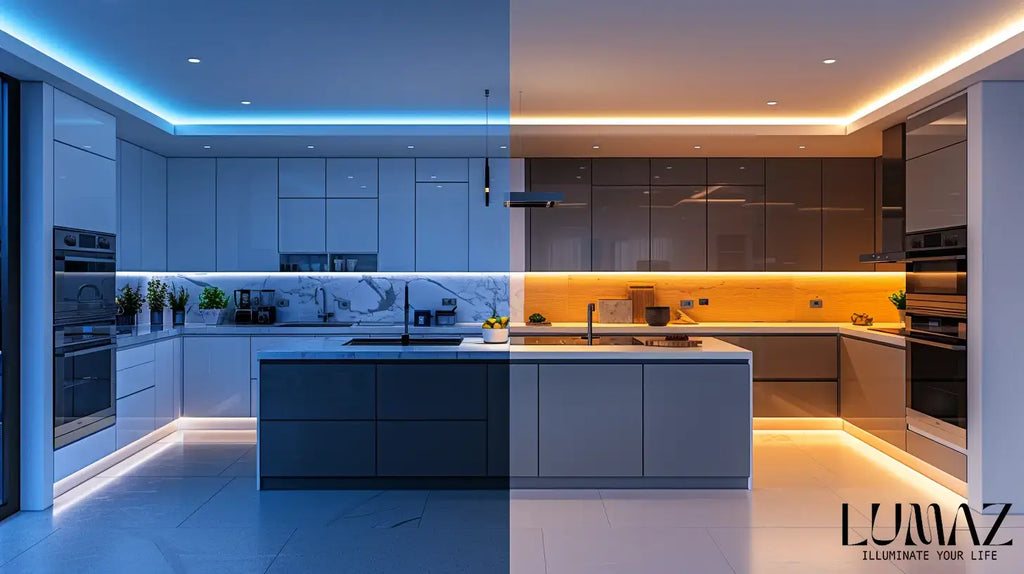
The best choice for lighting depends on the function of the room. Here’s where each type of bulb excels:
Best Places for Daylight Bulbs
- Kitchens: Daylight bulbs provide bright, clear lighting that’s essential for food preparation and cooking.
- Home Offices: The bright, focused light helps improve concentration and reduces eye strain, making it ideal for workspaces.
- Bathrooms: Perfect for grooming tasks like shaving or applying makeup, as they provide true-to-life color accuracy.
- Basements & Windowless Spaces: Brighten dark spaces that lack natural light, making them more functional and usable.
Best Places for Soft White Bulbs
- Living Rooms: Soft white bulbs create a warm, inviting atmosphere, perfect for relaxing with family or friends.
- Bedrooms: The calming, cozy glow promotes relaxation and enhances sleep, making soft white ideal for your bedroom.
- Dining Rooms: Soft white light softens the atmosphere and sets the mood for intimate meals and gatherings.
- Rooms with Wooden Interiors: The warm light complements natural wood tones, enhancing the warmth and richness of the room.
Is Soft White or Daylight Better for Eyes?
When it comes to eye comfort, soft white bulbs are generally preferable in spaces designed for relaxation. Their warm, gentle light reduces glare and eye strain, making them ideal for living rooms, bedrooms, and dining rooms.
However, daylight bulbs can be beneficial in work environments where bright, focused light is necessary. They’re excellent for tasks that require precision, but they can be harsh if overused in areas designed for rest and relaxation.
Recommendation: Use soft white in spaces where you unwind (e.g., living rooms, bedrooms), and daylight bulbs in work-oriented spaces (e.g., kitchens, offices).
FAQs
Is daylight or soft white better for hallways?
Soft white is generally better for hallways, as it creates a warm, welcoming atmosphere. However, if your hallway doubles as a workspace or you prefer brighter lighting, daylight may be a good choice.
Do soft white light bulbs look yellow?
Yes, soft white bulbs emit a warm light with a yellowish hue, which contributes to a cozy and inviting environment.
Which bulb is brighter, warm white or daylight?
Daylight bulbs are brighter and cooler, making them ideal for spaces where clarity is essential. Soft white bulbs are softer and more subdued in comparison.
What is the best color light for a bedroom?
Soft white is generally the best choice for bedrooms, as its warm tone promotes relaxation and better sleep.
What is the most welcoming hallway color?
A warm, soft white light is usually the most welcoming for hallways, creating an inviting and comforting atmosphere.
Conclusion: Choosing the Right Bulb for Your Space
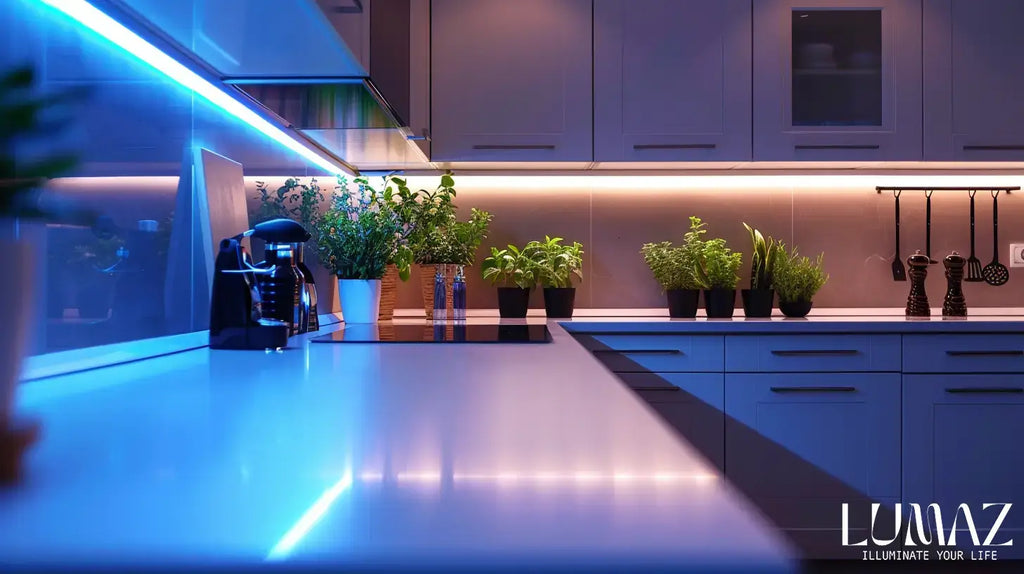
Choosing between soft white and daylight bulbs ultimately depends on the specific needs of your space. Daylight bulbs are perfect for work areas, kitchens, and places where bright, clear lighting is essential, while soft white bulbs are ideal for creating a cozy and inviting environment in living rooms, bedrooms, and dining areas.
By understanding the differences in color temperature and light quality, you can select the best bulbs for your home, ensuring that each room is illuminated with the right tone for both functionality and mood.
Lumaz Tip: Consider layering both types of bulbs in different areas of a room to balance functionality and ambiance. For example, use daylight bulbs for task lighting and soft white bulbs for mood lighting.
Further Reading:

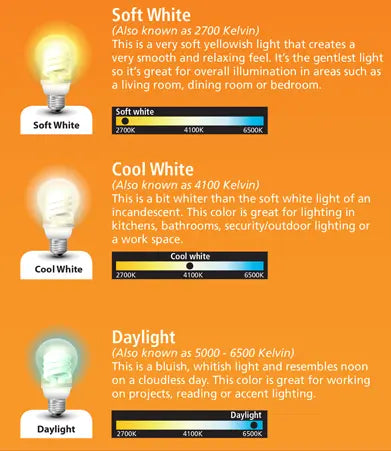



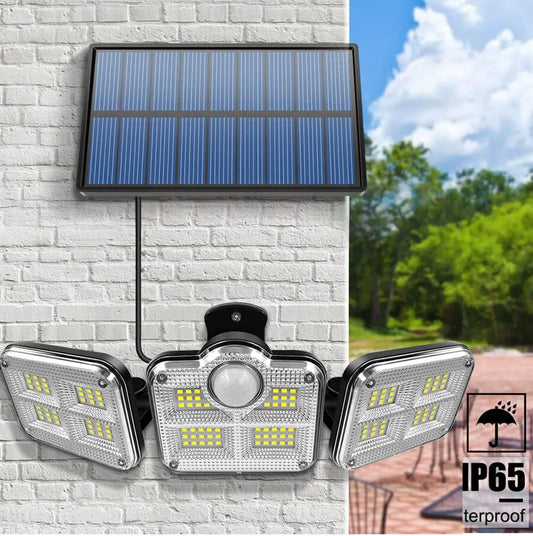

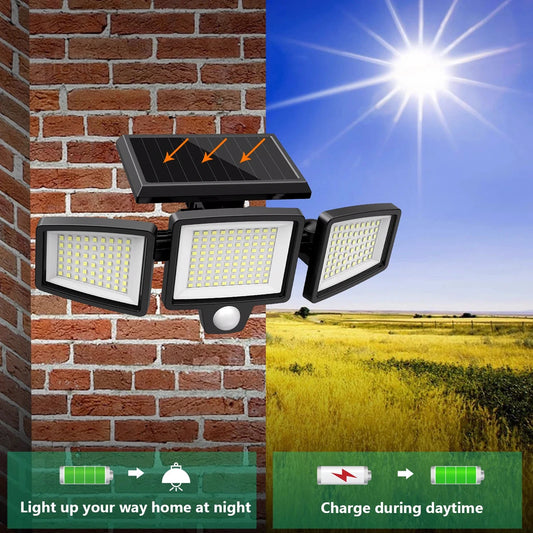

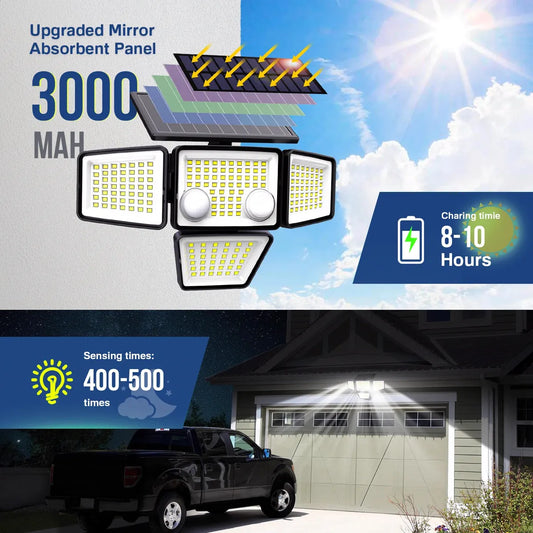

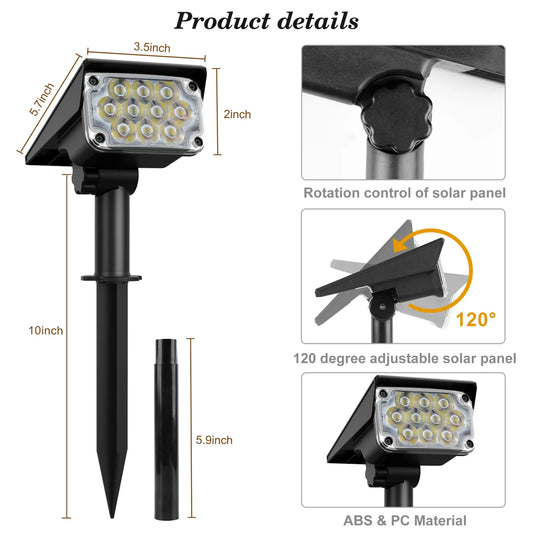

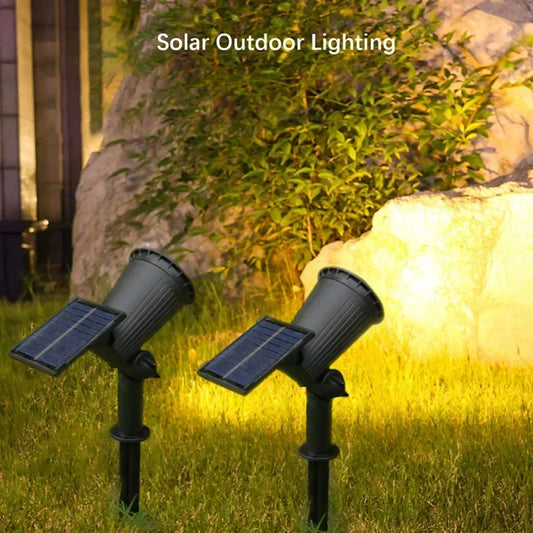

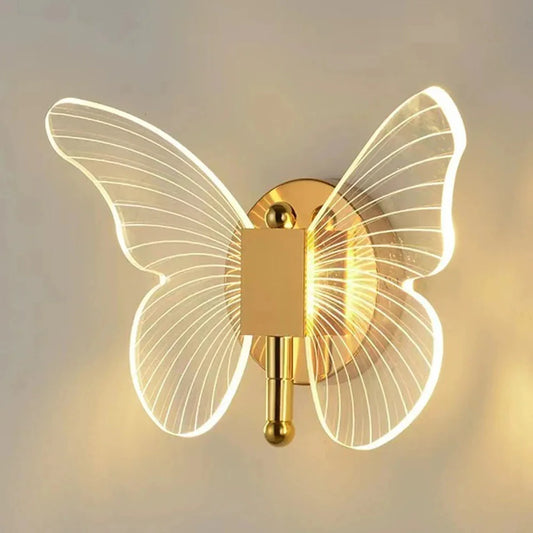

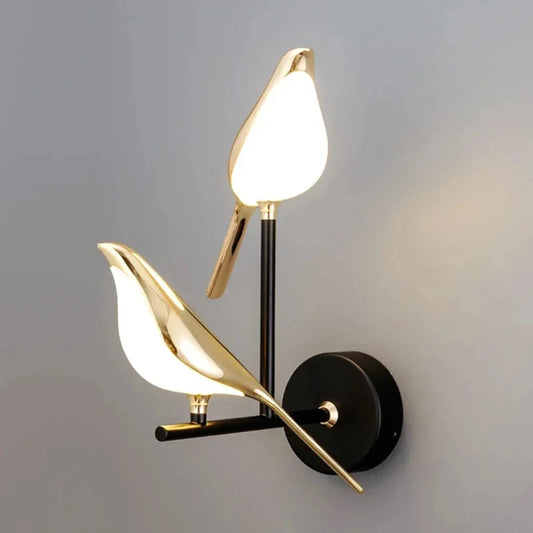

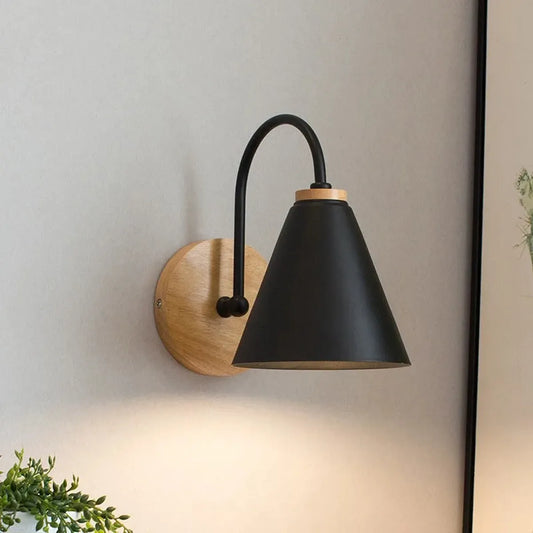



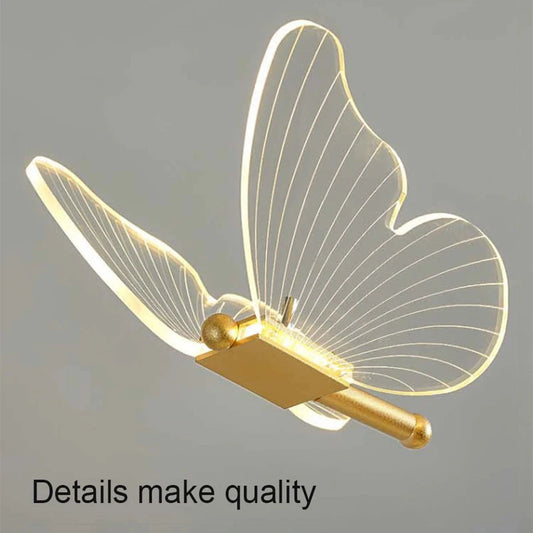

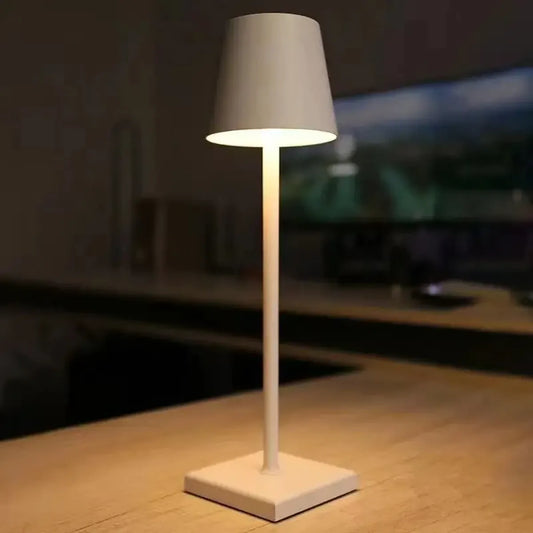



 />
/>
 />
/>
 />
/>
 />
/>
 />
/>